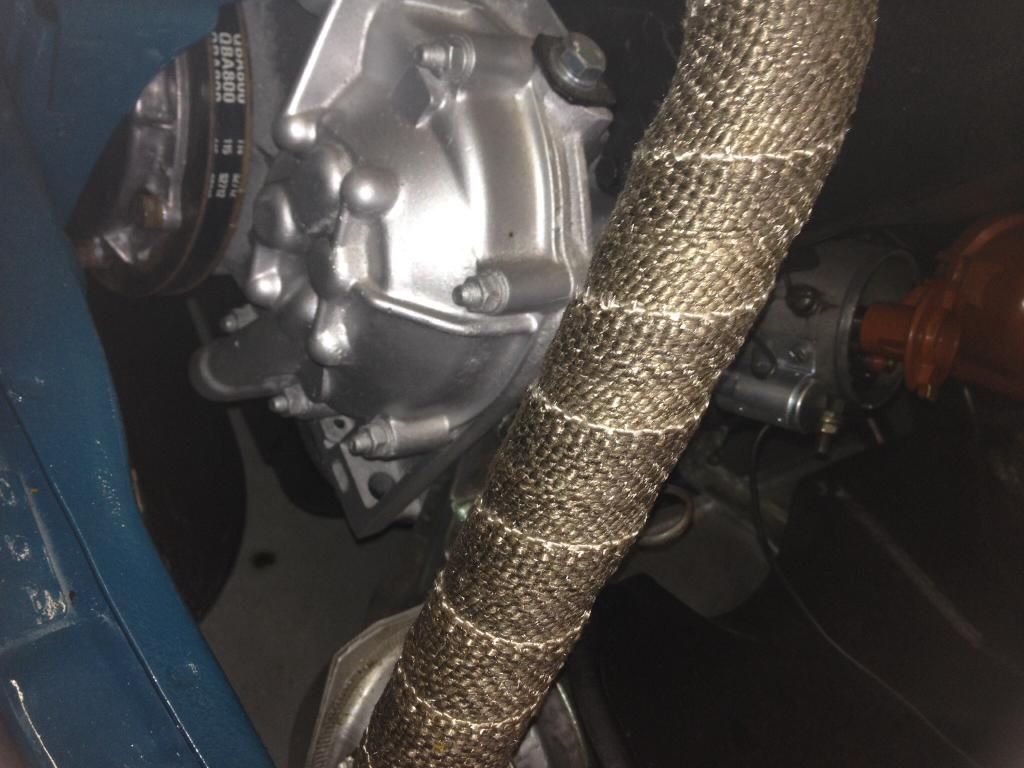I replaced the crankshaft and bearings in my 500L. New gasket set, new timing chain/pulley set, and new oil return tubes. Cleaned everything along the way. Now it is back together and I can't get it started. Checked fuel at the carb by pulling the hose off there. Got fuel. Checked spark at the spark plug leads. Got spark. Compression is worse now than before for some reason; 80 psi vs. 110 psi before. Not sure I have the timing right. I set the engine to #1 TDC and the distributor rotor is pointing at #1 and those valves are closed. I've gone one tooth above and below this location and adjusted the distributor fully in each direction while the wife cranks the engine. Best I got was a backfire. Nothing else.
So...anything else I can check? I set the new timing chain pulleys so the dots are facing each other. What else could I have screwed up? I'm second-guessing my valve adjustment but that seemed pretty straightforward.
So...anything else I can check? I set the new timing chain pulleys so the dots are facing each other. What else could I have screwed up? I'm second-guessing my valve adjustment but that seemed pretty straightforward.



